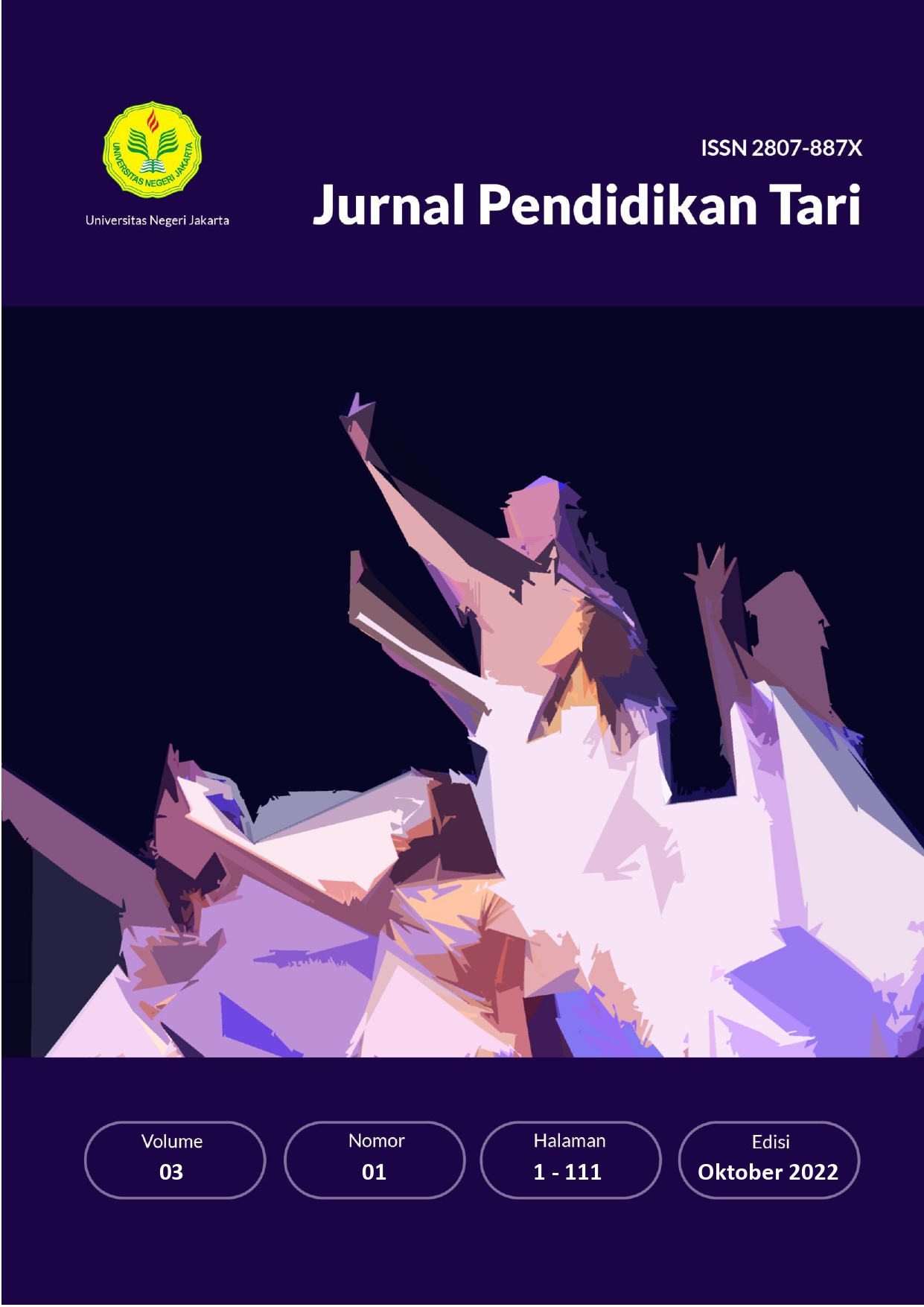The Relationship Between Self-Control and Study Habits Through YouTube on the Dance Ability Dance Creations of Kembang Jatoh in Grade IV Students of SDN Kembangan Utara 08 Petang
DOI:
https://doi.org/10.21009/JPT.312Keywords:
self-control, study habits, dance abilityAbstract
The development of technology can have an impact on the use of the internet on a person, so there is a need for self-control in learning and study habits that are applied repeatedly. If an individual has good self-control, then the individual can use technology wisely. Likewise with study habits, if students apply good and effective learning habits, these habits will occur repeatedly on personal initiative. The sample used in this study was grade IV students who were taking cultural arts subjects with dance material created by 60 students. Random sampling of the study. The method used in this study is correlational quantitative. Data collection uses a questionnaire that contains statements. The results of the study revealed that there was a positive and significant relationship of 52.1% between self-control and study habits through YouTube on the dance ability creations of kembang jatoh in grade IV students of SDN Kembangan Utara 08 Petang, this is due to several other variables that interfere so that it affects the results of the correlation, including attention and empathy in a person, deeper efforts to control themselves to form good study habits, the role of parents in the formation of learning control to produce good study habits, students are actively involved in learning activities.


